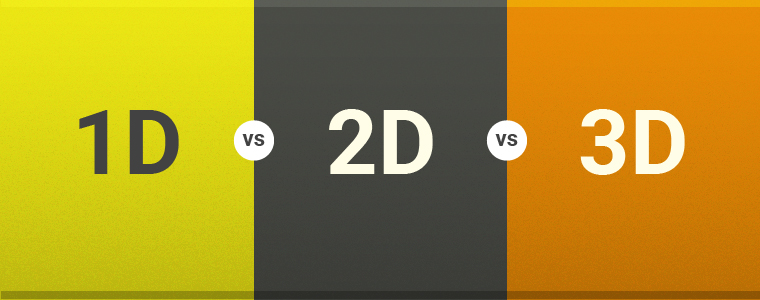
Resistivity surveys come in a few flavors—one-dimensional (1D), two-dimensional (2D), three-dimension (3D), and technically even four-dimensional (4D), though we’ll save 4D for a future post. Let’s focus on 1D, 2D, and 3D for now. If you’re new to the world of Electrical Resistivity, it can be difficult to understand what’s the best type of survey for your needs. In this post, we’ll cover how these three types compare—and the type of survey that we think is the best of the bunch—3D surveys.
First, let’s break down how these different surveys stack up against each other. This is a quick snapshot for now, but we’ll go into depth on all 3 types in a later post:
- 1D Surveys - These surveys assume that the geological layers you’re looking at are horizontal and homogenous. Based on this assumption, resistivity changes are broken down exclusively to the vertical direction. It’s rare to find a site so perfect, so the need to do a 1D survey isn’t common. 1D is also used when only an average value is needed with depth.
- 2D Surveys - These are a big improvement, but still based on an approximation of 3D space. 2D surveys are made using a single line of electrodes and assume that the geology being surveyed continues infinitely—without change—perpendicular to your line of electrodes.
- 3D Surveys - 3D Resistivity makes no assumptions, and instead measures in all directions using a grid of electrodes. With this amount of collected data, you not only get a 3-dimensional breakdown of the geology, but the 3D distribution of a potential aquifer as well.
As you can imagine, 3D surveys give you a more reliable, accurate picture than 1D or 2D. The closest competitor would be a 2D survey. A good compromise between these two types is to use 2D surveys to do a uni-directional 3D Survey. This is when you sweep an area with a few 2D surveys and then piece your data together for an approximation of 3D. You can learn how to do a uni-directional 3D survey here.
Of course, even full 3D surveys have their drawbacks (for instance, it takes the longest time out of the 3). Even still, we think 3D Resistivity Surveys are your best bet when you want to get the broadest view of the subsurface and the most data to analyze.
Note: This article is a redux of a previous blog post, A Closer Look at 3D Resistivity Surveys, originally published Feb. 14, 2017.

